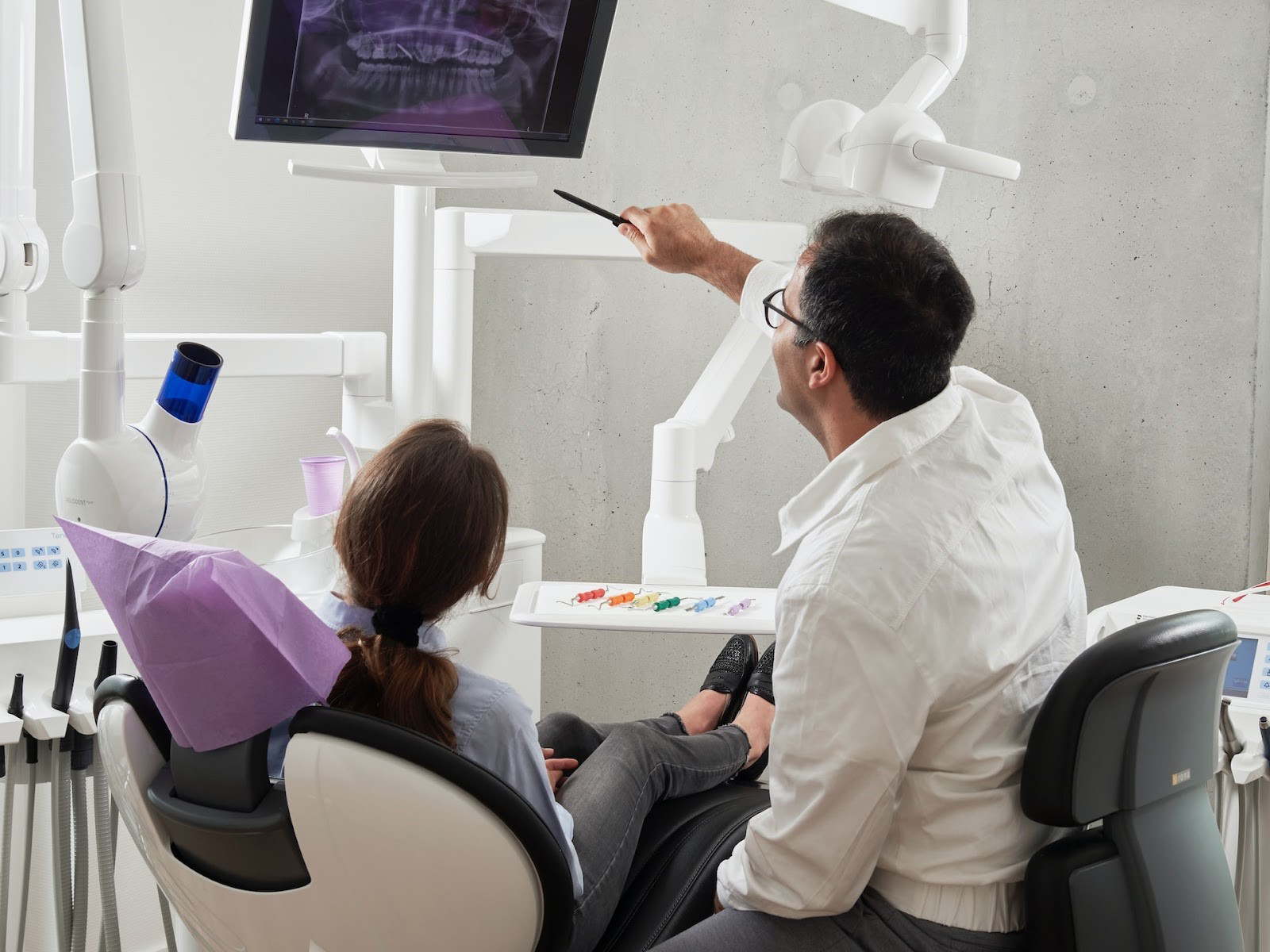
Teeth Bonding
Bonding is a dental procedure for repairing teeth or closing gaps between them. Your dentist is more likely to recommend a teeth bonding procedure if you have cracked, decaying, or chipped teeth. Your dentist will blend composite resin into a specific paste before coloring the mixture to either whiten or match the color of your teeth when bonding them. Then, each tooth receives a few layers to ensure consistency. Then, your dentist uses an ultraviolet laser to solidify each layer. The next stage is to shape and polish the resin material to give your teeth a natural-looking appearance. In rare cases, bonding is used by dentists to give elderly teeth a youthful look. All age groups can benefit from this treatment, and if done on young children, the resin can be changed as they become older.
Minimal Bridges
We are all aware that bridges or implants are frequently used when replacing teeth. In situations where implants are not used, it is often possible to preserve tooth structure by using bridges supported by inlays. A gold inlay can also be used to support a bridge. These bridges work well and maintain a significant amount of tooth structure, in our experience. Since deterioration frequently develops around the margins of crowns, full-coverage bridges repeatedly fail. Due to the small amount of margin space along the gingival side of an inlay, this possibility is reduced.
Laser Dentistry
Lasers are actually a highly useful tool in dentistry, giving several advantages over conventional instruments in some situations. In general, lasers are light pulses that transmit energy to a specific spot in the mouth. They are frequently employed in dental surgery to cut and vaporize tissue. They offer a fast and effective way to control tissue, increasing dental success. Multiple ways exist for patients to gain from this technology. Lasers can reduce or even completely replace the need for uncomfortable, itchy sutures in several operations affecting the soft tissue of the mouth. In some procedures, lasers can also do away with the requirement for anesthesia. As the laser beam promotes blood coagulation at the location of exposed blood vessels, dental lasers help lessen bleeding. Other advantages include reduced post-procedure bacterial infections due to the sterilizing properties of the laser’s high-intensity beam. This also prevents harm to adjacent soft tissue and promotes quicker wound and tissue recovery. Their specific applications are limitless, ranging from gum sculpting to tooth preservation during cavity extractions and everything in between.
Silver Diamine Fluoride
Another minimally invasive dental treatment that is gaining favor is the use of silver diamine fluoride in circumstances where the caries lesion has already developed and evolved into a visible cavity. Though it has been used for years to prevent caries development around the world, it was just recently licensed by the Food and Drug Administration for use in treating tooth sensitivity. Off-label, the antibacterial, remineralizing substance is painted onto the surface of a tooth where cavitated lesions are evident, effectively stopping additional caries cavitation. According to studies, the procedure is frequently used in children and patients who are afraid of drills. One disadvantage of the compound is that it can leave teeth discolored at the application site, which is why it has been commonly used on children’s primary teeth, where it is just a temporary concern.
Dental Veneers
Dental veneers are thin, custom-made shells that cover the front surface of teeth to improve their look. Veneers occur in a variety of forms, sizes, and colors, and the most popular ones are constructed of porcelain or composite material. If you wish to improve the appearance of discolored, chipped, damaged, or unsightly teeth, your dentist may recommend dental veneers. Because dental veneers always improve the appearance of the patient’s teeth, it’s acceptable to conclude that they’re used for cosmetic reasons. However, veneers are sometimes selected as part of a larger dental makeover that includes gum disease treatment. If the veneers are being replaced by a damaged or chipped tooth, just one or two veneers may be required; nevertheless, six to eight dental veneers may be required to produce a harmonious, symmetrical smile. The upper anterior of eight teeth is the most typically treated area with veneers.
Air Abrasion
Air abrasion has become a standard treatment for removing decayed portions from pits and cracks. Micro-abrading the inside of crowns before cementation to eliminate surface impurities has long been acknowledged as a significant improvement in bonding criteria. The use of the air abrasion technique eliminates decay while leaving only extremely small portions of undamaged enamel and dentin, limiting tooth structure loss while increasing tooth structure.
Prevention
Overall, minimally invasive dentistry may be used to describe not just different specialties of dentistry but also different degrees within a field. In any event, less invasive does not imply less effective, despite the persistent myth that non-invasive (or minimally invasive) operations yield only partial outcomes. While minimally invasive dental procedures will never totally replace other procedures, their increased use should help more individuals enjoy a more comfortable dental experience.
Comments
comments